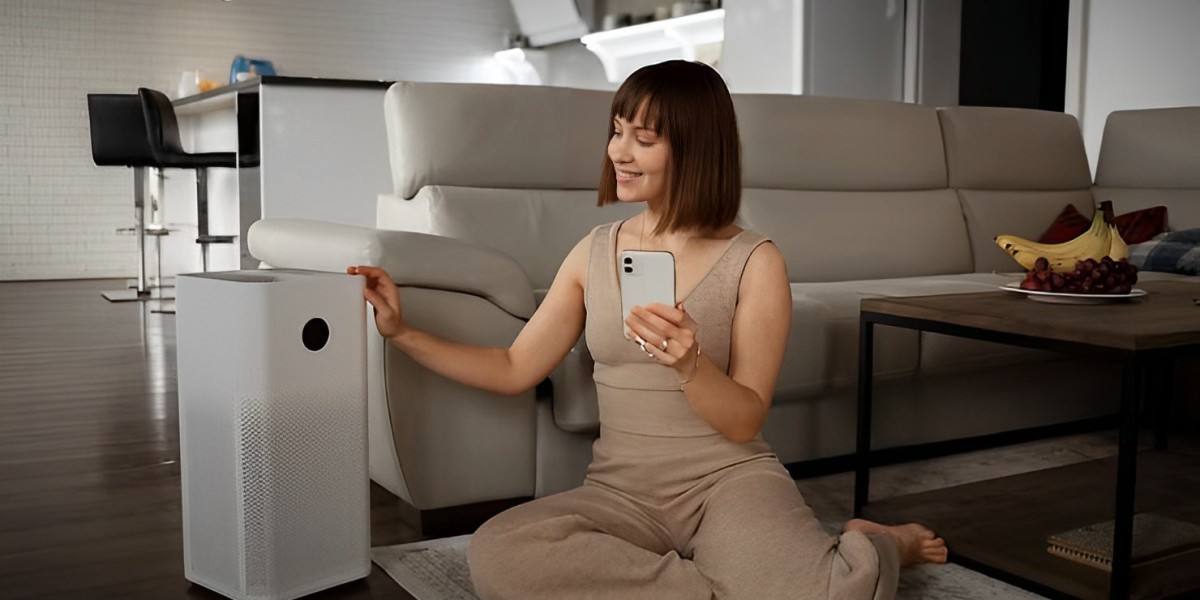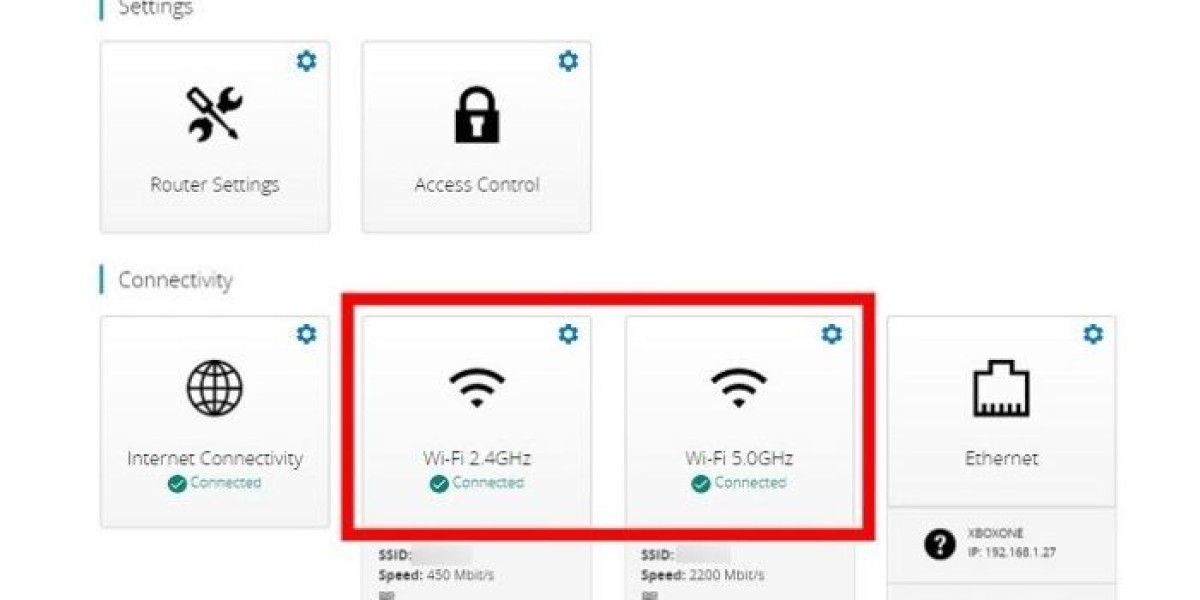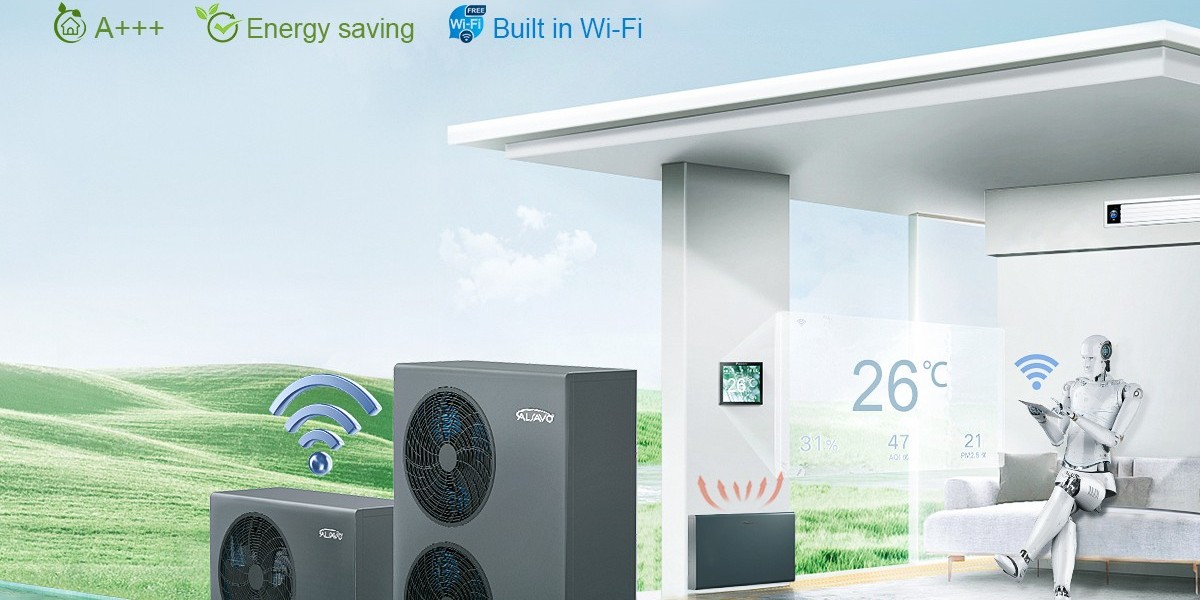With spending countless hours indoors, inhaling clean and healthy air is critical. Unhealthy indoor air can trigger allergies, asthma, and severe respiratory issues. But fret not, as we have you covered with practical yet effortless tips to help boost your indoor air quality. Moreover, if you need a helping hand, consider enlisting a professional HVAC company in Sacramento to ensure a healthy living environment.
Clear the Air—Effective Strategies for Enhancing Indoor Air Quality
● Keep Your Home Clean:
Keeping dust, dirt, and allergens at bay can help you improve your home's indoor air quality. Follow the below helpful tips to keep your air healthier and your space in pristine shape.
● Vacuum regularly:
Use a vacuum cleaner with a HEPA filter to remove dust and allergens from carpets, rugs, and upholstery.
● Dust Surfaces:
Wipe down surfaces with a damp cloth to capture dust particles and prevent them from becoming airborne.
● Wash Bedding and Curtains:
Launder your bedding, curtains, and other fabrics regularly to remove allergens and dust mites.
● Reduce clutter:
Clutter can accumulate dust and provide hiding spots for pests, so keep your home organized and free of excessive items.
● Maintain Proper Ventilation:
Maintaining high-quality indoor air is pivotal to health, and appropriate ventilation is the key. Eliminating pollutants and bringing in fresh outdoor air can help you enjoy an immaculate and healthy home. Here are some tips to boost your ventilation and breathe easier:
● Open Windows or Doors:
Open your windows and doors to allow fresh air to circulate throughout your home whenever feasible.
● Use Exhaust Fans:
Utilize exhaust fans in your kitchen and bathrooms to remove moisture, odors, and pollutants.
● Install an Air Exchange System:
An air exchange system can help improve indoor air quality by consistently exchanging stale indoor air with fresh outdoor air. Consult a professional HVAC company to determine whether an air exchange system suits your home.
● Control Humidity Levels:
Excessive humidity levels can inevitably lead to poor indoor air quality, fostering unbearable mold, mildew, and dust mites. To attain optimal healthy air indoors, aim to maintain your home's humidity levels between 30-50%. Enlist the following pragmatic ways to control humidity levels in your sweet abode efficiently:
● Utilize a Dehumidifier:
A dehumidifier is ideal for maintaining acceptable humidity levels by eliminating excess moisture from the air. It alleviates the concern about discomfort or dampness again!
● Fix Leaks and Address Water Damage Promptly:
Since leaks and water damage can promote mold and mildew development, address these pesky issues as soon as you detect them to keep your environment healthy and mold-free.
● Ventilate Moisture-Prone Areas:
Ensure areas like bathrooms, kitchens, and laundry rooms are appropriately ventilated to avert excess moisture accumulation.
● Invest in Air Purifiers:
Invest in the best air purifiers with HEPA filters — which can trap even the microscopic particles — to eliminate pollutants, allergens, and other particles, improving indoor air quality. For optimal results, position air purifiers in high-traffic areas or rooms where you spend most of your time, like your living room or bedroom.
● Maintain Your HVAC System:
A reliable HVAC system is vital to ensuring high-quality indoor air and can help to eliminate dust, allergens, and pollutants. Periodically cleaning ducts and replacing filters are essential maintenance tasks.
Also, you can count on a Sacramento air conditioning company to keep your system operating effectively.
● Use Natural Air Fresheners:
While chemicals found in commercial air fresheners may jeopardize indoor air quality, investing in natural alternatives can reduce the problem. Use essential oils, light beeswax candles, or let in fresh air by opening a window. Also, switching to non-toxic cleaning products can contribute to a healthier home environment as they won't add harmful chemicals to the air you breathe.
● Add Indoor Plants:
Indoor plants are idyllic to your living space for their aesthetic value and for purifying indoor air quality. They naturally absorb pollutants and release oxygen, facilitating breathing better for you. If you are a pet or small child owner, worry not, there are great options for non-toxic plants, such as spider plants, snake plants, and Boston ferns, to name a few.
● Check Your Home for Radon:
Radon, an odorless, colorless gas, can seep into your home through foundation cracks and negatively impact indoor air quality. Moreover, it has been proven that prolonged radon exposure can cause lung cancer, underscoring the importance of testing. Fortunately, you can protect yourself and your loved ones with a simple radon test kit at the local hardware store. You can also hire a professional to conduct a test for you.
 " class="wow_main_float_head_img">
" class="wow_main_float_head_img">







